Resources
Newsletter
Stay up to date and with the latest news, projects, deals and features.
Subscribe![[+] Regional healthcare](/_next/image?url=https%3A%2F%2Fimages.ctfassets.net%2F8pr762qjocl3%2FxnjKlhGoLlIUuyQG1QuiF%2F0f8ed0e848b0982b55edc6054eaad04e%2F____regional_healthcare.jpg%3Fw%3D1600%26q%3D75&w=3840&q=75)
Billions of dollars are being pumped into regional healthcare facilities by governments, offering a major opportunity for developers across the country.
Last month, John Holland was awarded the tender to lead the design stage of the $1.3-billion hospital in Toowoomba, under Queensland’s $9.78-billion Capacity Expansion Program.
In Victoria, the May Budget promised an initial investment of $320 million for the Hospital Infrastructure Delivery Fund.
As a result, the government will start work on new hospital and public sector residential aged-care facilitities for West Gippsland, an expanded emergency department and clinics at Dandenong Hospital, Northern Hospital, Austin Hospital and Wonthaggi Hospital.
Meanwhile in NSW, the state government announced a record $33 billion in health as part of the 2022-23 Budget, part of which is earmarked for the redevelopments of hospitals at Broken Hill, Bathurst, Grafton and more.
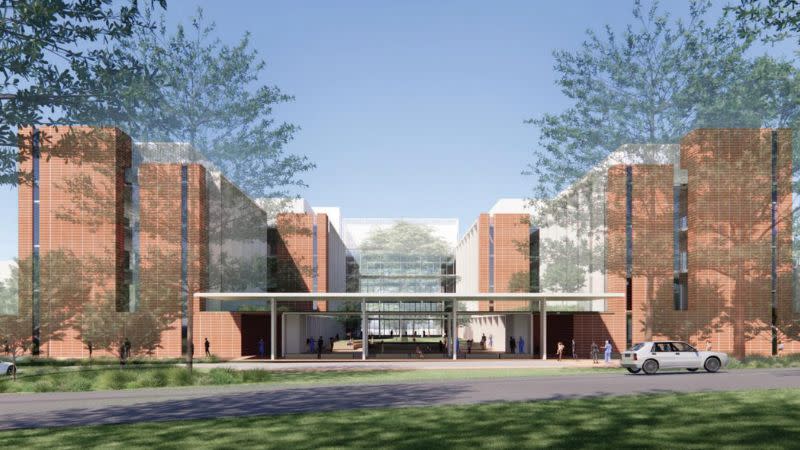
Healthcare covers a wide spectrum of assets but the eagerness of state governments to invest, particularly in regional hospitals and specialised care units, is a good indicator of the opportunities across the sector.
JLL executive of alternative investments Thomas Thorsen says that strong investor interest and government funding has been an ongoing trend that has only gained momentum in recent years.
“The recognition of the need for improved healthcare infrastructure and services in regional areas has been a longstanding concern that the government now has put a greater emphasis on, leading to increased investment and government support,” he said.
“The government and private sector investors are increasingly realising the potential and untapped opportunities in regional areas, which is not only improving access to healthcare but also assisting in the stimulation of regional economies and enhancing the overall quality of life for residents.”
Government investment is just one indicator of the health of the sector of course, and the private sector is also booming, particularly in specialist facilities.
Centuria Healthcare is a landlord of private short-stay and day hospitals, medical centres, specialist centres and mental health facilities.
Managing director Andrew Hemming says that it’s important to make the distinction between facility owners and service operators in the healthcare space, but that investment from government and funds could benefit both.
“In terms of investor interest, there is considerable interest from retail, wholesale and institutional investors for private healthcare real estate,” Hemming says.
“This is due to the growing demand for healthcare services, so an increased demand for healthcare facilities—particularly properties that are purpose built for specific services, whether they be surgical or psychiatric hospitals or life science buildings with clean rooms.
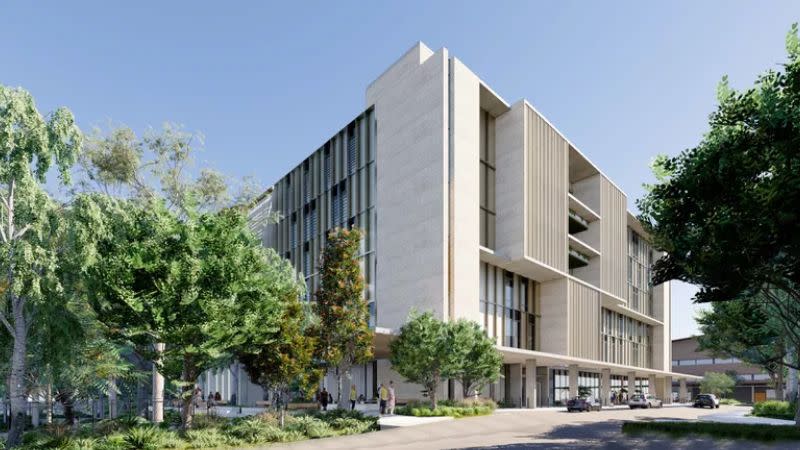
“In terms of regional markets, there is captive demand for healthcare facilities as population migration continues to trend towards regional markets, with supply of healthcare facilities remaining limited,” he says.
JLL’s Thorsen said that public/private partnerships enable the government to tap into the knowledge and capabilities of private developers, accelerate project timelines, and share the financial risks.
“By partnering with private healthcare real estate developers, the government can benefit from the private sector's expertise in designing, constructing, and managing healthcare facilities. It allows for innovation in design and technology and operational efficiencies.”
An important aspect to consider with regional private healthcare assets is the co-location with existing public healthcare infrastructure, says Hemming.
“This is often because healthcare specialists work across both public and private healthcare settings.
“Additionally, private facilities can help alleviate the waitlists within the public system as well as provide specialist treatments and procedures where there is a gap in the public system.
“Within regional areas, there is generally a captive demand due to limited competition, which means a consistent flow of patients and, therefore, a higher reliability of consistent revenue.
“In short, an operator is in an ideal position to consistently pay their rent and rental revenue is the foundation of property investment.”
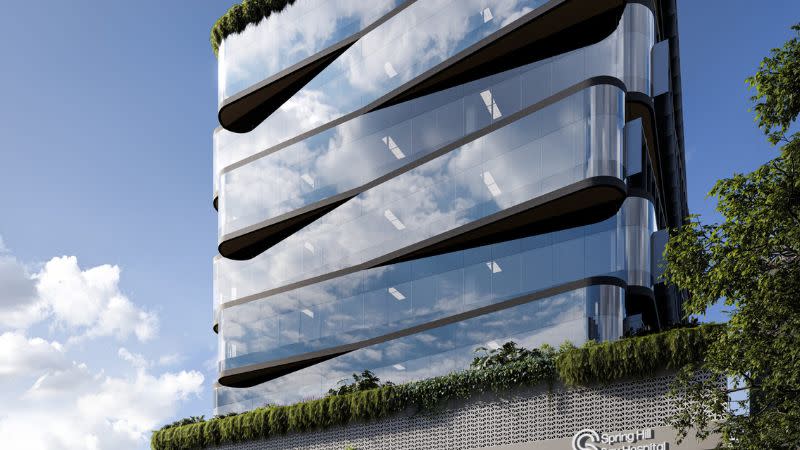
Silverstone Developments has worked on a host of Brisbane projects, such as the Spring Hill Day Hospital, and has recently received DA approval for a 11,700sq m life sciences facility at Herston—Brisbane Advanced Research Centre.
Silverstone development manager Wade Fraser says the security that comes with government investment is a major drawcard.
“Private developers can benefit from government funding indirectly, whereby tenants in certain business areas are provided incentives from government for expansion and establishment,” he says.
“If government backing creates a situation whereby the project satisfies our investment criteria, then this is a project that we would be attracted to.
“From a funding perspective, access to cheaper government funding would be a welcomed initiative, however we are aware of few schemes like this.”
While the opportunities are there, healthcare in regional areas is also facing its own challenges.
“Healthcare development, like all uses, is facing viability challenges due to high construction prices and increasing interest rates,” Fraser says.
“Demand from tenants and operators remains strong, but feasibilities are under pressure from rising development and funding costs.
“We believe there is potential for growth in regional medical assets by virtue of the general undersupply.
“However, the quantity of hurdles to overcome means that government incentives may be needed to attract the end‐user tenants and employees to these areas.
“The risk profile is particularly high for developers, with increased construction costs, more reluctant funders, and a smaller tenant pool creating considerable headwinds.”
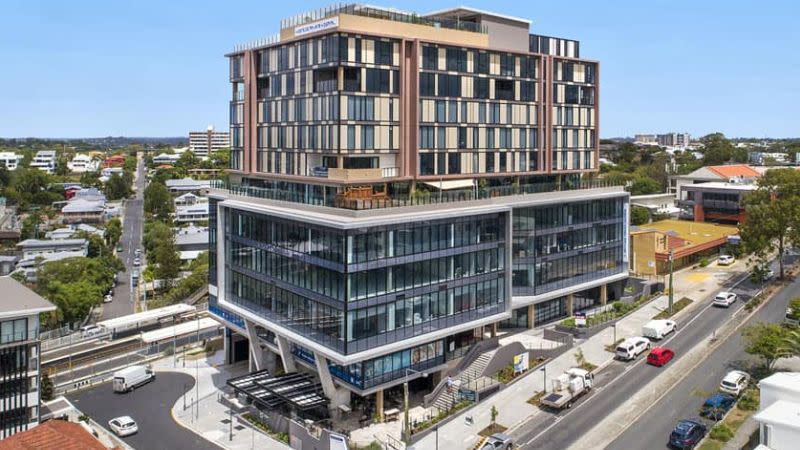
Centuria Healthcare’s Andrew Hemming added that regional healthcare facilities can also face specific challenges.
“Probably the biggest challenge regional healthcare operators face is resourcing professionals,” Hemming says.
“Without the right professional offering, an operator cannot function to its full ability and provide continuous and consistent services.
“Attracting and retaining nurses, doctors and specialists in the regions is fundamental.”
Many in the sector agree he next area of growth for regional and urban healthcare is specialisation.
“It is our experience that healthcare assets benefit from good investor demand due to the specialised nature of the product, typically longer lease terms, and the strength of the tenant covenants,” Silverstone’s Wade Fraser says.
“We believe that highly specialised facilities will continue to attract investor demand and may resist pressure from negative market factors to better effect. It is our opinion that medical technology, mental health, and critical care facilities will continue to gain popularity in the coming years.”
“In terms of ‘hotspots’, areas with an ageing population or rapidly growing population may see existing medical care supply outstripped by demand over the medium term.”
One of these places is Logan, which is expected to experience significant population growth, particularly in the over-65 age group.
This prompted Properties & Pathways to acquire Logan Central Medical Centre for $12.19 million this month.
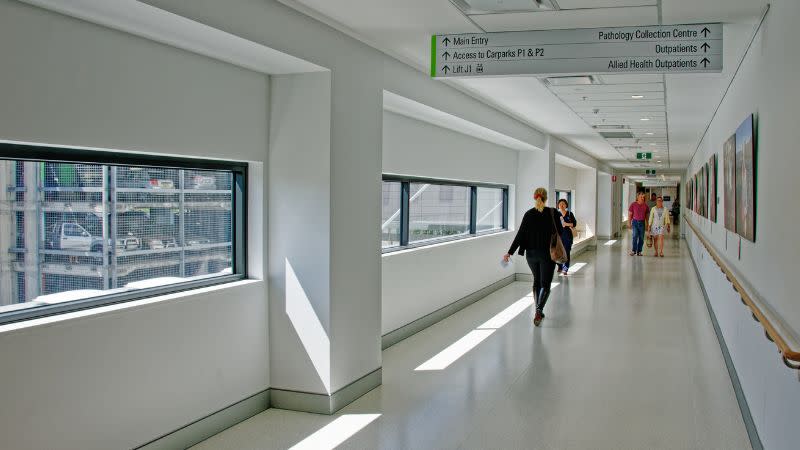
Centuria’s Andrew Hemming suggested that matching the needs of the immediate community to the services the operator provides is key to future growth.
“For example, in a neighbourhood with a senior population, a specialist providing orthopaedic surgeries would be ideal or a neighbourhood with young families would benefit more from paediatric services.
“So it’s about matching the right operator with the right real estate in the right geographical setting for urban healthcare properties.”
JLL’s Thorsen meanwhile says that medical real estate assets in some regions such as Queensland have strong potential for growth.
“The healthcare needs of regional areas in Queensland have been gaining increased attention, leading to investments in healthcare infrastructure and facilities.
“The combination of population growth, an aging demographic, and the push for equitable access to healthcare services creates favourable conditions for growth in the regional healthcare real estate market.”
You are currently experiencing The Urban Developer Plus (TUD+), our premium membership for property professionals. Click here to learn more.
